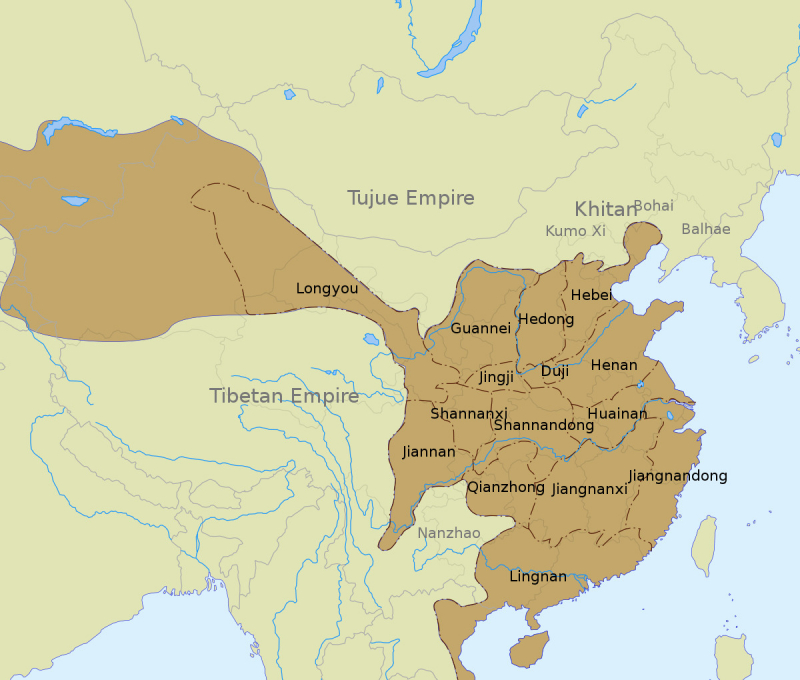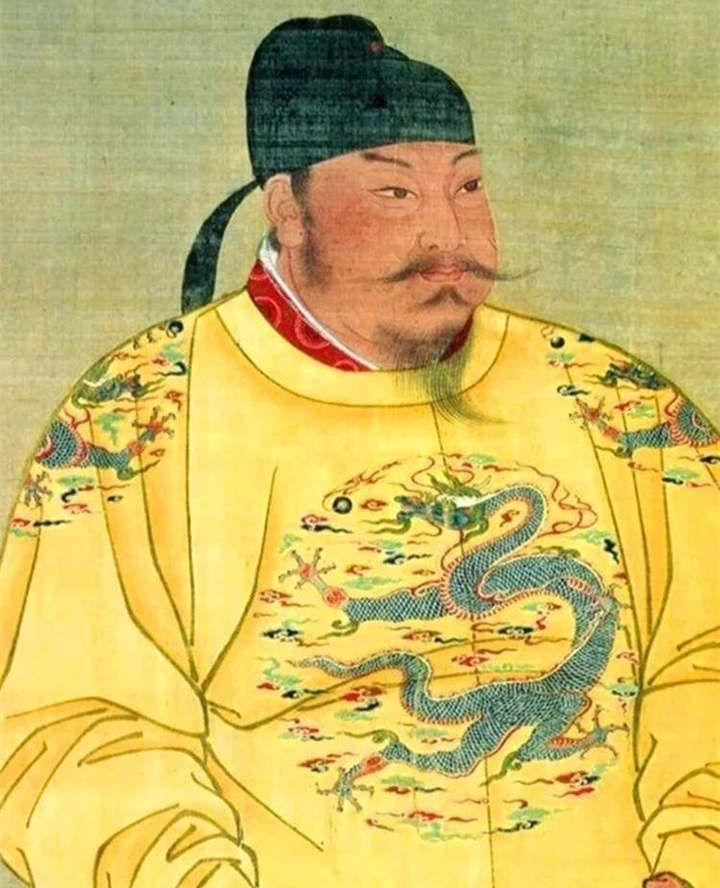The Tang Dynasty

The Tang Dynasty is regarded as the height of Chinese civilization and art. From the time it came to power in 618 AD until 907 AD, Tang China developed a reputation abroad that went beyond its cities and, and disseminated its culture across much of Asia via the practice of Buddhism.
The founder of the Tang Dynasty, Li Yuan, served as Duke of Tang and governor of Taiyuan, the modern-day Shanxi province's capital. He was the first cousin of Emperor Yang of the Sui Dynasty, possessed status, and had military expertise. With the help of his son and daughter, the princess Binh Duong, who recruited and led his own army, Li Yuan revolted in 617. Li Yuan conquered Chang'an in the winter of 617, demoting Emperor Yang to the rank of Emperor Zuo, or retired emperor, and serving as Yang You's puppet master. Li Yuan proclaimed himself emperor of the Tang Dynasty on June 18, 618, after learning that Emperor Yang had been assassinated by the general Yuwen Huaji. Li Yuan, also known as Emperor Gaozu of the Tang Dynasty, ruled until his son Li Shimin overthrew him in 626. Li Shimin, who has been in charge of the army since he was 18, is skilled with strong bows, swords, and spears and is renowned for his successful horse assaults. On May 28, 621, he defeated Dou Jiande at Luoyang in the Battle of Hulao despite facing a larger force. Li Shimin attacked and killed his two brothers, Li Yuanji and Crown Prince Li Jiancheng, during the Xuanwu Gate Incident on July 2, 626, sparking a rebellion that drove out the royal family out of fear of assassination. Soon after, Li Shimin succeeded his father and was typically referred to as Taizong.
Politically, Taizong set out to address governmental internal issues that had regularly plagued earlier dynasties. He established a new legal system based on the Sui dynasty's code, which other Chinese dynasties as well as neighboring polities in Vietnam, Korea, and Japan would follow. The earliest extant code was created in 653, containing 500 articles, listing offenses and punishments such as ten light strokes, one hundred heavy strokes, and deportation, or enslavement of criminals.
The Tang Empire's capital Chang'an (modern-day Xi'an), where the emperor maintained his expansive palace grounds and entertained political messengers with music, sports, acrobatics, poetry, paintings, and theatrical performances, served as the hub of Tang political authority.
Economically, the Tang Dynasty was able to absorb and acquire several new technology, cultural practices, rare luxuries, and modern products through the utilization of land trade through the Silk Road and marine trade by sea sails. The Tang Dynasty was able to take in fresh concepts about clothing, new kinds of pottery, and improved silversmithing methods from Europe, the Middle East, Central, and South Asia. While the Chinese used to constantly sit on mats put on the floor, the Tang people eventually accepted the strange idea of stools and chairs as a means of seating. Chinese commodities like silk, lacquerware, and porcelain were highly prized and purchased in great numbers by people in the Middle East.
In terms of religion, in addition to Taoism and Buddhism, the Tang Dynasty also acknowledged a number of other foreign religions. The Tang court acknowledged the Oriental Church of the Assyrians, often known as the Nestorian Church or the Oriental Church in China. To recognize the accomplishments of their community in China, the Nestorian Stele was made in the year 781. In Shaanxi Province, where Daqin Temple is still standing, a Christian monastery was built, and there are pieces of art within with Christian themes. After the Tang Dynasty, this religion was largely forgotten, but the 13th-century Mongol conquests in China brought it back to life.
Literaturally, Chinese literature, and art reached their pinnacle during the Tang Dynasty. There are already more than 48,900 poems written by 2,200 Tang writers. For individuals who wished to pass the imperial examinations, learning how to write poetry became a must. The two most common literary forms throughout the Tang Dynasty were Gushi and Jintishi, with the well-known poet Li Bai being known for using the old style and poets like Wang Wei and Cui Hao being known for using the latter. The writings of Tang writers Liu Zongyuan and Han Yu served as a major source of inspiration for the Classical Prose movement. The Han Dynasty's poetry legacy of the Piantiwen style was abandoned in favor of this new prose form. During the Tang Dynasty, short tales and novels were also frequently read. One of the most well-known of these was Yuan Zhen's Biography of Yingying, which was widely read at the time and, by the time of the Yuan Dynasty, also served as the inspiration for performances in Chinese opera.
After AD 820, the Tang Dynasty was marked by prominent court intrigues by eunuchs plotting to assassinate one emperor after another. Li Keyong and Zhu Wen were two of the most important military leaders in northern China during the last two decades in power due to the weakening of the imperial apparatus. The Tang Dynasty ended in 907 when Zhu Wen overthrew King Ai and ascended the throne. His establishment of Later Liang marked the beginning of the Five Dynasties and Ten Kingdoms eras.
To conclude, the Tang Dynasty:
- Lasted from 618 AD to 907 AD and was founded by Emperor Li Yuan.
- Politically, Emperor Taizong resolved internal affairs, establishing a new legal system based on the Sui dynasty code of conduct.
- Economically, the Tang dynasty flourished trade through the Silk Road and sea trade.
- Regarding religion, besides Taoism and Buddhism, the Tang Dynasty also recognized foreign religions such as Christianity.
- Literaturally, Chinese literature, and art culminated with more than 48,900 poems, as well as short stories and novels.
- 907 AD marked the fall of the Tang Dynasty.











